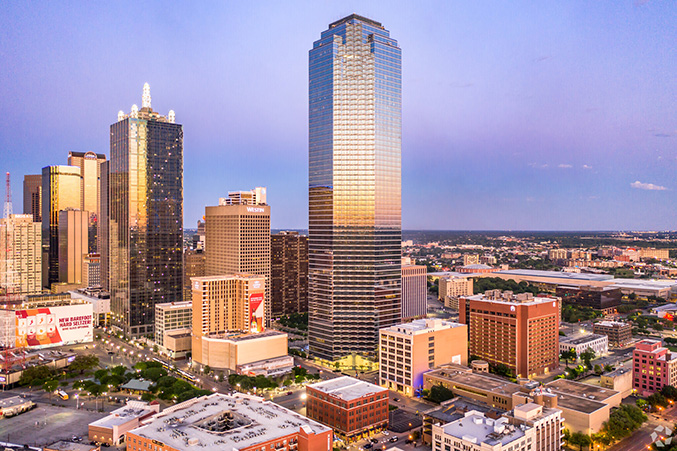Pandemic-induced job losses in Texas have increased the uninsured crisis that already plagued the state. Dallas is the epicenter of the uninsured problem, leading the state in uninsured individuals, and the economic disruption caused by COVID-19 has only exacerbated the problem.
Before the pandemic, 20 percent of Texans were uninsured, the worst rate in the nation. It is one of 13 states that has not expanded Medicaid, leaving many low income working adults and families without insurance. But according to data from Families USA, uninsured individuals in Texas have increased by nearly 50 percent.
Between February and May, 5.4 million laid-off workers became uninsured nationwide, larger than any increase ever recorded. The Great Recession resulted in just 3.9 million non-elderly adults becoming uninsured. According to Families USA data, Texas’ uninsured adult rate jumped from 20 percent to 29 percent during the pandemic, still the highest in the nation. The next highest state is Florida, where 25 percent of adults are uninsured.
The uninsured rate, coupled with the health crisis, could result in devastating medical costs for those without insurance. This week, ProPublica released a report about freestanding emergency rooms that are charging as much as $2,500 for a COVID-19 test. As these uninsured individuals become sick, they could face insurmountable medical costs, and if they don’t pay, taxpayers and health systems pick up the bill. Kaiser Health News reported that Texas hospitals delivered $7 billion in uncompensated care before the pandemic. With a health crisis and more people without insurance, that number could go up.
Tax dollars pay for that uncompensated care in the case of public health entities, but the costs are eventually pushed onto the average resident and employer through increases in insurance premiums as health systems seek to cover expenses by negotiating higher rates with private insurers. More than half of Texas receives insurance through their employer, meaning those companies eventually pick up the tab for uncompensated care. The care is often more expensive than it needs to be because those without insurance wait until they have an emergency to seek care when the problem may have been prevented with regular treatment, resulting in lower overall health costs.
In addition to leading the nation in uninsured adults, 20 percent of all uninsured children live in Texas, and the Lone Star State is worst in the nation in the number of uninsured children and the rate of uninsured children. Before the pandemic, the number of insured children in Texas was trending in the wrong direction. About 80,000 fewer children had insurance in 2017 than in 2016. Because many children receive health insurance through their parents’ employment, that number may go up during the pandemic.
“This is very troubling and shows how the uninsured problem in Texas has become alarmingly worst due to COVID-19,” says Steve Love, President and CEO of the DFW Hospital Council.






